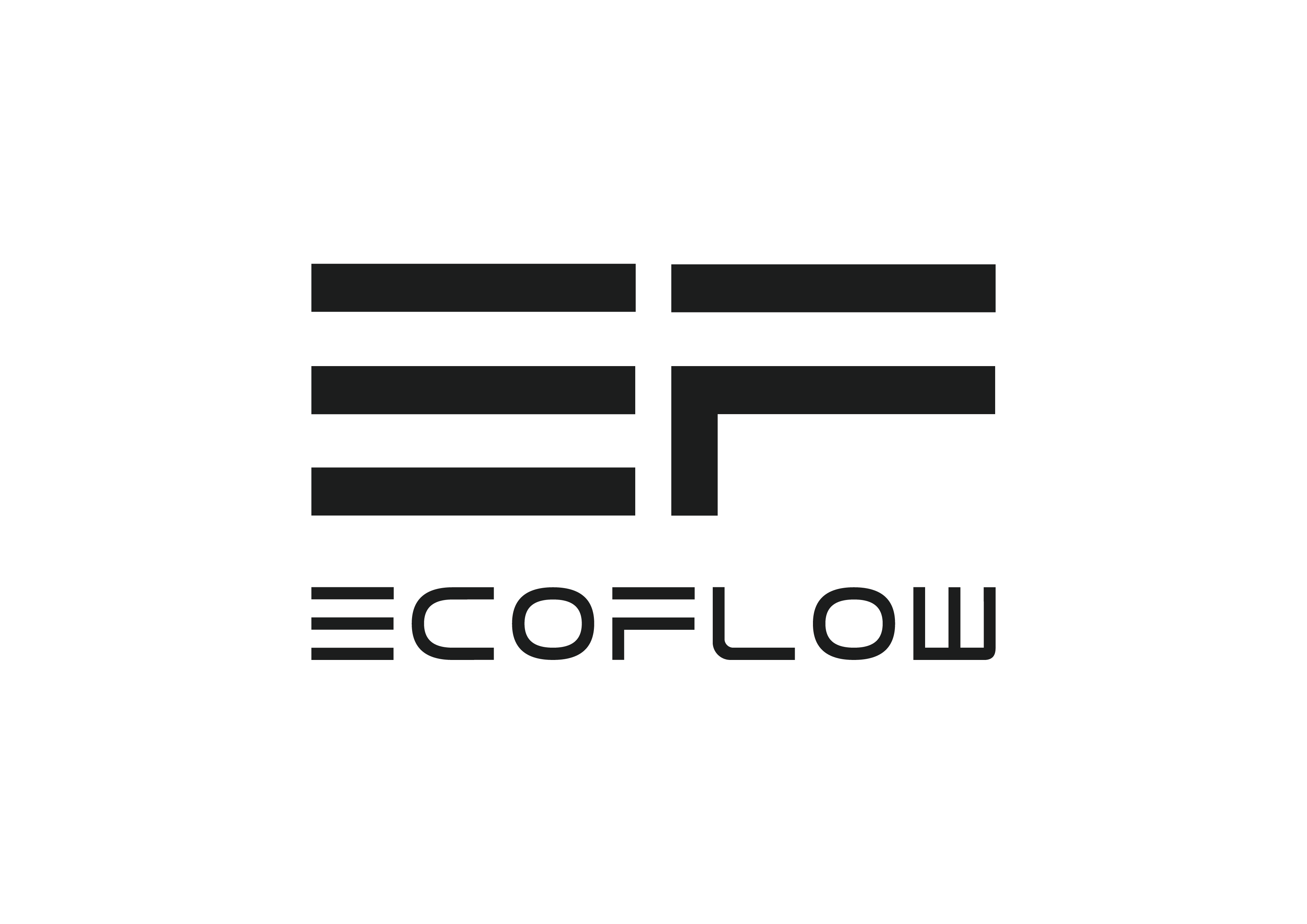
EcoFlow
EcoFlow combines industry-leading research and knowledge to build portable power stations that are at the forefront of design and intelligence.



Compared to typical nuclear reactors, which have a generating capacity of around one-third the size of an SMR, the latter are advanced nuclear reactors with a maximum output of 300 MW(e). It is possible to create a lot of low-carbon power with SMRs. EcoFlow x Autonomous is offering this to its consumers. They've figured out how to meet all of our electricity requirements and solutions to the problems. Physically, this reactor is much smaller than an ordinary nuclear power plant. Assembled at a facility, sent to the installation site in one piece, and installed as a single piece of equipment. A nuclear reactor uses nuclear fission to create heat that may be used to generate electricity.
Why Go For EcoFlow Products
The modest size and modular construction of EcoFlow Products lend themselves to many of its advantages. Because of their modest size, nuclear power facilities may be built in places that are not appropriate for bigger reactors. As opposed to huge power reactors, which must frequently be custom-built for a specific location, EcoFlow generators may be made in prefabricated modules, delivered, and installed on-site. This reduces the overall construction cost and time. EcoFlow Power stations are less expensive to build and take less time to complete, and they may be deployed in stages to keep pace with rising energy needs. This will be a great addition to your home office. Microreactors, a subclass of SMRs intended to produce electricity generally up to 10 MW, is especially significant here. As compared to other SMRs, an EcoFlow power station has a smaller footprint and will be more suitable for areas without easy access to clean, dependable, and reasonably priced electricity. As an added benefit, microreactors might serve as a backup power source in case of an emergency or as a replacement for diesel-powered generators, such as those found in rural areas or outlying enterprises. There are fewer moving parts in a proposed SMR design than in conventional reactors, and safety is based primarily on passive systems and the reactor's own inherent safety features like low power or operating pressure. Therefore, no external power or force is necessary to shut down passive systems in these instances since physical processes such as natural circulation, convection, and gravity as well as self-pressurization are relied upon by passive systems. If an accident occurs, the greater safety margins may eliminate or greatly reduce the risk of radioactive material being released into the environment or the general population.
EcoFlow Power Solutions
It is the first small modular power system for tiny houses and RVs in the world. Customizing your energy has never been simpler with a plug-and-play design. EcoFlow battery is a great solution to many charge-saving problems. The solution to your difficulties is the EcoFlow delta. With the EcoFlow DELTA, you'll always be in control. During a blackout, a single 1.2kWh unit may power numerous important gadgets for hours on end. EcoFlow solar generators are another thing that people like very much. They are a favorite because of how easy they have made it to produce power, EcoFlow solar generators are the future.
They Take Less Time to Prepare
SMR components will be produced at a manufacturing facility and delivered to job sites. As a result, the building takes less time and costs less money than in the past, allowing for significant savings during the first stages of plant development.
Provide a Wider Range of Choices
A simple and small design of EcoFlow devices will allow more people to use nuclear power. In addition to supplying smaller electrical markets or grids, remote locales, and sites with limited water, this includes locations unable to operate massive reactors.
Flexible
SMRs have a great deal of pliability. It is possible to scale them up or down to suit energy needs and power places where bigger plants are not necessary. Replace retiring power plants, or utilize zero-emission fuel as a supplement for existing power plants.
